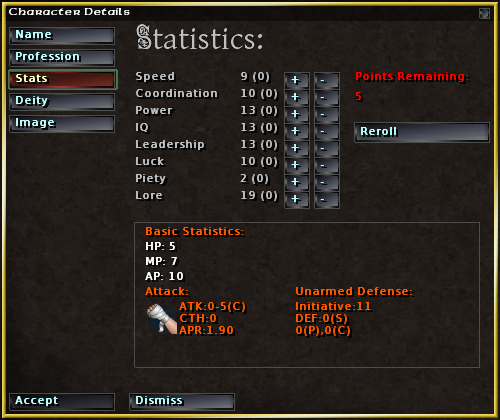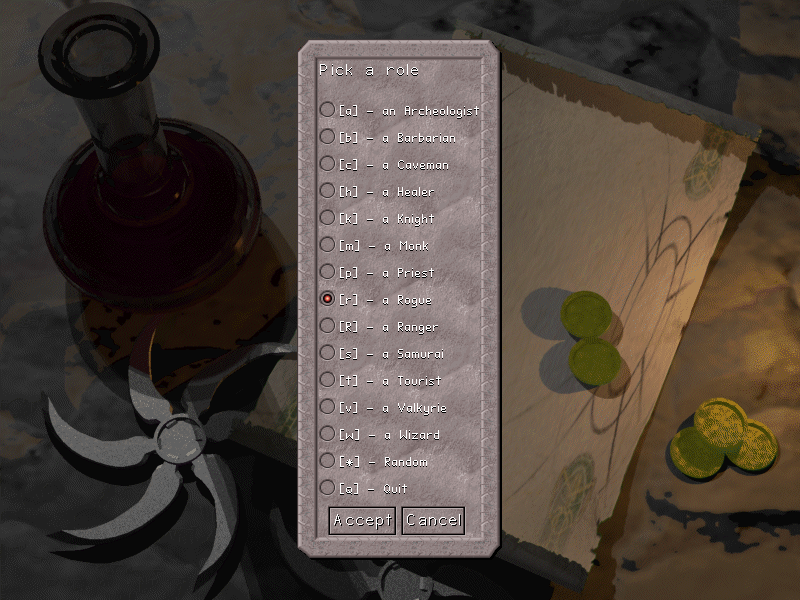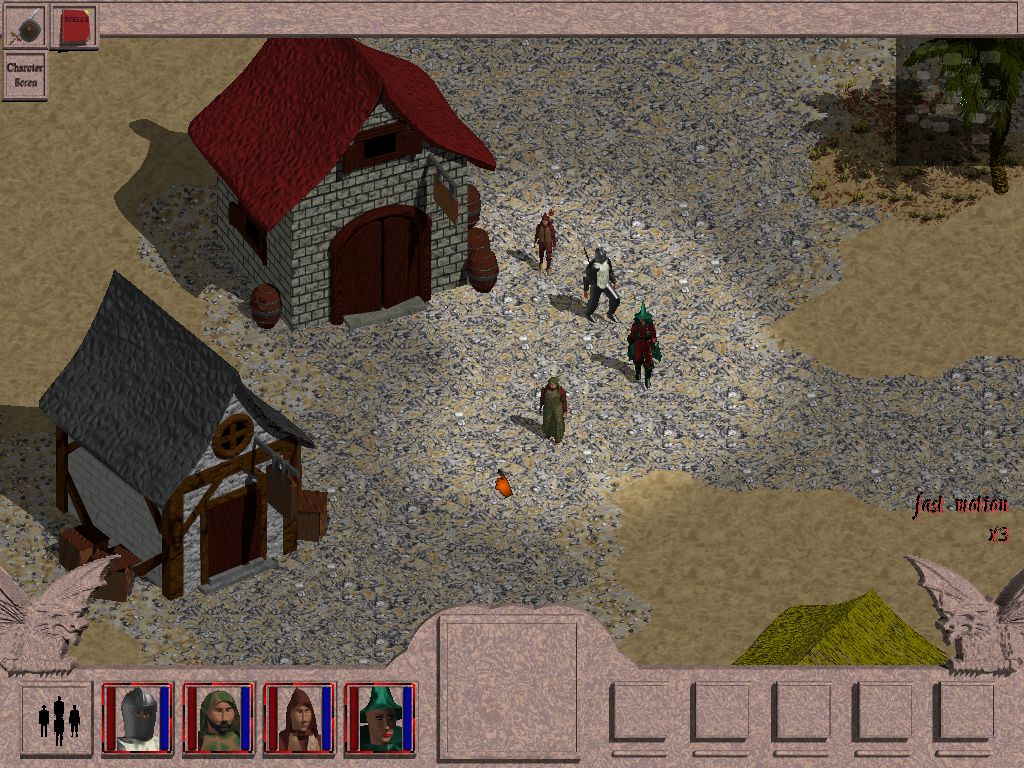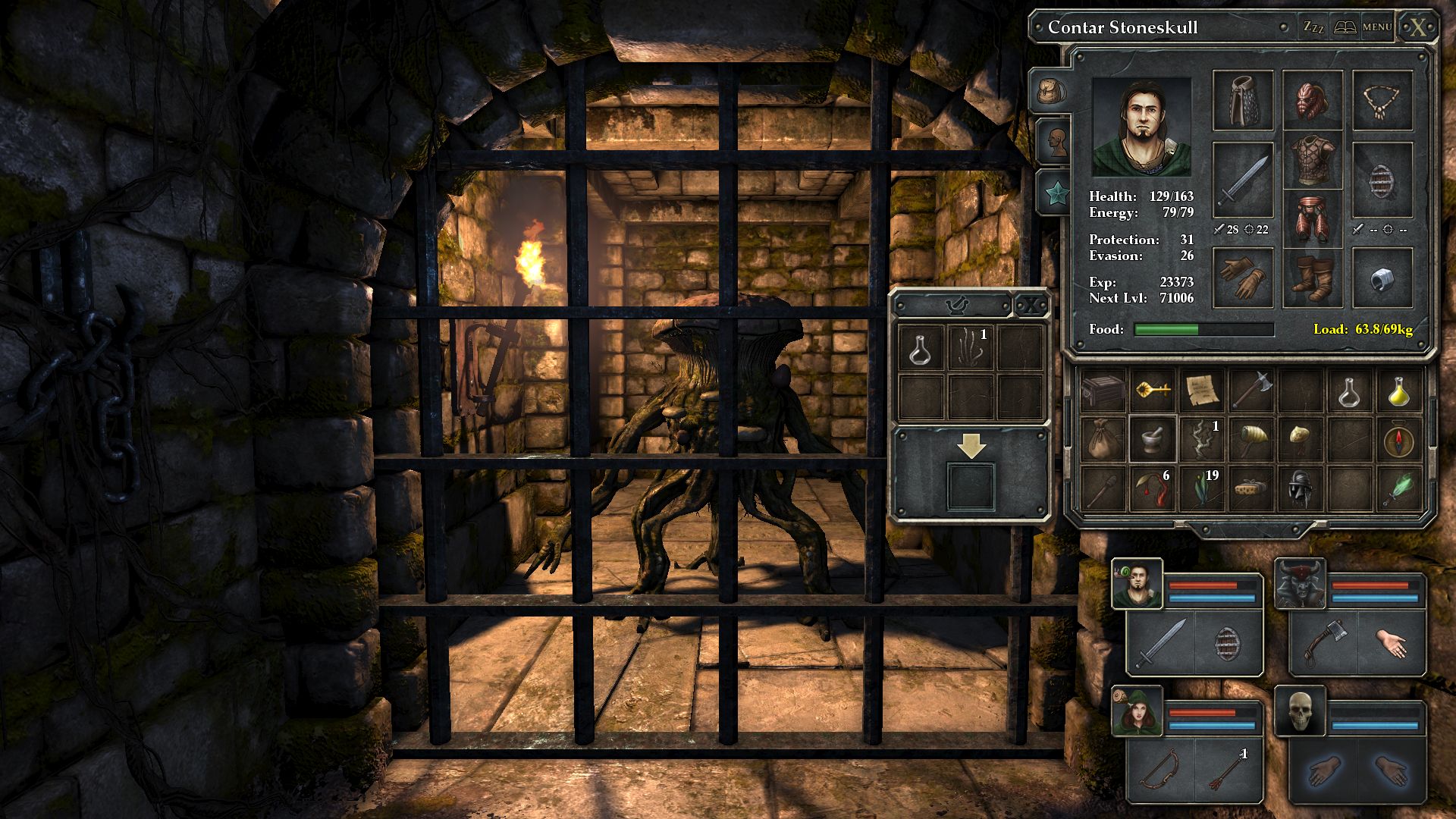|
Theatrhythm Final Bar Line
''Theatrhythm Final Bar Line'' is a 2023 rhythm video game developed by indieszero and sAs and published by Square Enix for the Nintendo Switch and PlayStation 4. It is the fifth entry in the ''Theatrhythm'' sub-series. Its gameplay is mechanically similar to prior entries in the series, involving players' timing inputs to various pieces of themed music. As the title ''Final Bar Line'' indicates, it is the final installment in the ''Theatrhythm'' series. With a development period of approximately two years, the game was designed to appeal to both casual and hardcore players. It features 505 tracks, including the List of Final Fantasy video games, main and spin-offs of ''Final Fantasy'' titles and other Square Enix games. The game's design was influenced by previous entries in the series, including Nintendo 3DS titles ''Theatrhythm Final Fantasy: Curtain Call, Curtain Call'' (2014) and ''Theatrhythm Dragon Quest'' (2015) and the arcade game ''Theatrhythm Final Fantasy: All-Star ... [...More Info...] [...Related Items...] OR: [Wikipedia] [Google] [Baidu] |
Indieszero
is a Japanese video game developer headquartered in Musashino, Tokyo, Japan. Founded on April 21, 1997, it is a frequent collaborator with Nintendo, developing some of their smaller scale and more experimental titles. Overview The name is a portmanteau, indicating independent video games with a low budget and minimal connections to other developers, which is described as "almost zero". The philosophy of the company is to make games that are easy to understand and user-friendly. The company initially specialized in games for handheld game consoles, but eventually expanded to smartphones. It makes licensed trading-card games for popular franchises such as ''Legend of Mana'' and ''Final Fantasy''. The founder Masanobu Suzui commented that the company plans to "make new products that has never been created before". He regards the company as a game developer that "cherishes a creative viewpoint rather than state-of-the-art technology capabilities" and makes games that can be imm ... [...More Info...] [...Related Items...] OR: [Wikipedia] [Google] [Baidu] |
Home Video Game Console
A home video game console is a video game console that is designed to be connected to a display device, such as a television, and an external power source as to play video games. While initial consoles were dedicated units with only a few games fixed into the electronic circuits of the system, most consoles since support the use of swappable game media, either through game cartridges, optical discs, or through digital distribution to internal storage. There have been numerous home video game consoles since the first commercial unit, the Magnavox Odyssey in 1972. Historically these consoles have been grouped into generations lasting each about six years based on common technical specifications. , there have been nine console generations, with the current leading manufacturers being Sony, Microsoft, and Nintendo, colloquially known as the "Big 3". Overview A home video game console is a pre- designed piece of electronic hardware that is meant to be placed at a fixed location a ... [...More Info...] [...Related Items...] OR: [Wikipedia] [Google] [Baidu] |
Summon (Final Fantasy)
''Final Fantasy'' is a media franchise created by Hironobu Sakaguchi, and developed and owned by Square Enix (formerly Square). The franchise centers on a series of fantasy and science fantasy role-playing video games (RPGs). The eponymous first game in the series, published in 1987, was conceived by Sakaguchi as his last-ditch effort in the game industry; the game was a success and spawned sequels. While most entries in the series are separate from each other, they have recurring elements carrying over between entries, including plot themes and motifs, gameplay mechanics, and visual elements. The ''Final Fantasy'' series features recurring thematic elements, including magical crystals and creatures such as the Chocobo and Moogle which have appeared in multiple roles. Numerous writers have worked on the series, including Sakaguchi himself, early writer Kenji Terada, Kazushige Nojima, and Yasumi Matsuno. Some settings and specific themes have been used in multiple installments ... [...More Info...] [...Related Items...] OR: [Wikipedia] [Google] [Baidu] |
Item (video Games)
In pen and paper games and computer and video games, an item is an object within the game world that can be collected by a player or, occasionally, a non-player character. These items are sometimes called pick-ups. Items are most often beneficial to the player character. Some games contain detrimental items, such as cursed pieces of armor that confers a negative bonus to the wearer and cannot be removed until the curse itself is lifted; the means to do this may be costly or require a special item. Some items may also be of absolutely no value to the player. Items are especially prevalent in role-playing games, as they are usually necessary for the completion of quests or to advance through the story. Sometimes certain items may be unique, and only appear once at a specific location, often after completing a particular task. Other items may appear frequently, and not give a big bonus alone, but when many are collected. Games may differ on how the player uses an item. In some games, ... [...More Info...] [...Related Items...] OR: [Wikipedia] [Google] [Baidu] |
Hit Points
Health is a video game or tabletop game quality that determines the maximum amount of damage or fatigue something takes before leaving the main game. In role-playing games, this typically takes the form of hit points (HP), a numerical attribute representing the health of a character or object. The game character can be a player character, a boss, or a mob. Health can also be attributed to destructible elements of the game environment or inanimate objects such as vehicles and their individual parts. In video games, health is often represented by visual elements such as a numerical fraction, a health bar or a series of small icons, though it may also be represented acoustically, such as through a character's heartbeat. Mechanics In video games, as in tabletop role-playing games, an object usually loses health as a result of being attacked. Protection points or armor help them to reduce the damage taken. Characters acting as tanks usually have more health and armor. In many games, ... [...More Info...] [...Related Items...] OR: [Wikipedia] [Google] [Baidu] |
Attribute (role-playing Games)
An attribute is a piece of data (a "statistic") that describes to what extent a fictional character in a role-playing game possesses a specific natural, in-born characteristic common to all characters in the game. That piece of data is usually an abstract number or, in some cases, a set of dice. Some games use different terms to refer to an attribute, such as statistic, (primary) characteristic or ability. A number of role-playing games like ''Fate'' do not use attributes at all. The nature of attributes There is no uniform consensus on what ability scores are, even if many role-playing games have them, but games that use them have a common theme. According to the BBC Cult TV website "''All characters have Attributes — basic physical and mental abilities.''" and in the ''Pathfinder Roleplaying Game'' "''Each character has six ability scores that represent his character's most basic attributes. They are his raw talent and prowess. While a character rarely rolls a check usin ... [...More Info...] [...Related Items...] OR: [Wikipedia] [Google] [Baidu] |
Experience Level
An experience point (often abbreviated as exp or XP) is a unit of measurement used in some tabletop role-playing games (RPGs) and role-playing video games to quantify a player character's life experience and progression through the game. Experience points are generally awarded for the completion of objectives, overcoming obstacles and opponents, and successful role-playing. In many RPGs, characters start as fairly weak and untrained. When a sufficient amount of experience is obtained, the character "levels up", achieving the next stage of character development. Such an event usually increases the character's Statistic (role-playing games), statistics, such as maximum health (gaming), health, magic (gaming), magic and strength, and may permit the character to acquire new abilities or improve existing ones. Levelling up may also give the character access to more challenging areas or items. In some role-playing games, particularly those derived from ''Dungeons & Dragons'', experienc ... [...More Info...] [...Related Items...] OR: [Wikipedia] [Google] [Baidu] |
Character Class
In tabletop games and video games, a character class is an occupation, profession, or role assigned to a game character to highlight and differentiate their capabilities and specializations. In role-playing games (RPGs), character classes aggregate several abilities and aptitudes, and may also detail aspects of background and social standing, or impose behavior restrictions. Classes may be considered to represent archetypes, or specific careers. RPG systems that employ character classes often subdivide them into levels of accomplishment, to be attained by players during the course of the game. It is common for a character to remain in the same class for its lifetime; although some games allow characters to change class, or attain multiple classes. Some systems eschew the use of classes and levels entirely; others hybridize them with skill-based systems or emulate them with character templates. In shooter games and other cooperative video games, classes are generally distinct ... [...More Info...] [...Related Items...] OR: [Wikipedia] [Google] [Baidu] |
Party (video Games)
party is a group of characters adventuring together in a role-playing game. In tabletop role-playing, a party is composed of a group of player characters, occasionally with the addition of non-player character allies controlled by those players or by the gamemaster A gamemaster (GM; also known as game master, game manager, game moderator, referee, storyteller, or master of ceremonies) is a person who acts as a facilitator, organizer, officiant regarding rules, arbitrator, and moderator for a multiplayer r .... In computer games, the relationship between the party and the players varies considerably. Online role-playing games parties often comprise player-controlled characters, as in tabletop games, except that the non-player allies are always controlled to a lesser or greater extent by the computer AI. In single-player computer games, the player generally controls all party members to a varying degree. Party role in gameplay Resource management is a crucial part of role-p ... [...More Info...] [...Related Items...] OR: [Wikipedia] [Google] [Baidu] |
Role-playing Video Game
Role-playing video games, also known as CRPG (computer/console role-playing games), comprise a broad video game genre generally defined by a detailed story and character advancement (often through increasing characters' levels or other skills). Role-playing games almost always feature combat as a defining feature and traditionally used Turn-based role-playing game, turn-based combat; however, modern role-playing games commonly feature real-time Action role-playing game, action combat or even non-violent forms of conflict resolution (with some eschewing combat altogether). Further, many games have incorporated role-playing elements such as character advancement and quests while remaining within other genres. Role-playing video games have their origins in tabletop role-playing games and use much of the same :Role-playing game terminology, terminology, Campaign setting, settings, and Game mechanics, game mechanics. Other major similarities with pen-and-paper games include develope ... [...More Info...] [...Related Items...] OR: [Wikipedia] [Google] [Baidu] |
Cooperative Video Game
A cooperative video game, often abbreviated as co-op, is a video game that allows players to work together as teammates, usually against one or more non-player character opponents ( PvE). Co-op games can be played locally using one or multiple input controllers or over a network via local area networks, wide area networks, or the Internet. Co-op gameplay has gained popularity as controller and networking technology has developed. On PCs, consoles and mobile devices, cooperative games have become increasingly common, and many genres of games—including shooter games, sports games, real-time strategy games, and massively multiplayer online games—include co-op modes. Description A cooperative video game is a video game that allows players to work together as teammates, usually against one or more non-player character opponents ( PvE). Cooperative video games are often abbreviated as ''co-ops''. The gameplay of cooperative games may be entirely cooperative or be limited ... [...More Info...] [...Related Items...] OR: [Wikipedia] [Google] [Baidu] |
Digital Video
Digital video is an electronic representation of moving visual images (video) in the form of encoded digital data. This is in contrast to analog video, which represents moving visual images in the form of analog signals. Digital video comprises a series of digital images displayed in rapid succession, usually at 24, 30, or 60 frames per second. Digital video has many advantages such as easy copying, multicasting, sharing and storage. Digital video was first introduced commercially in 1986 with the D1 (Sony), Sony D1 format, which recorded an uncompressed standard-definition component video signal in digital form. In addition to uncompressed formats, popular Data compression, compressed digital video formats today include H.264 and MPEG-4. Modern interconnect standards used for playback of digital video include HDMI, DisplayPort, Digital Visual Interface (DVI) and serial digital interface (SDI). Digital video can be copied and reproduced with no degradation in quality. In contra ... [...More Info...] [...Related Items...] OR: [Wikipedia] [Google] [Baidu] |






